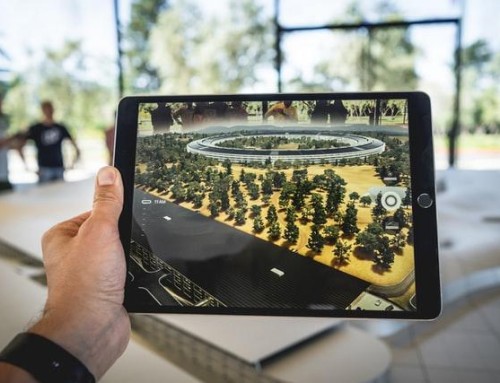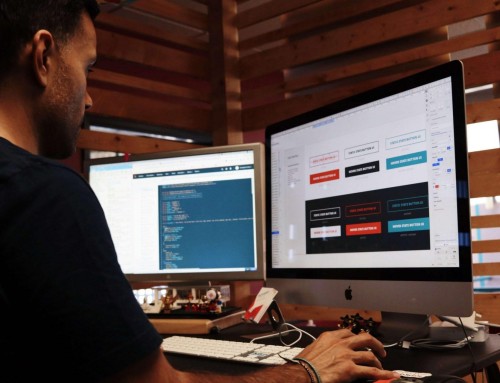Software development is a process involving the development of software though specific steps in an orderly manner. This includes the preparation, writing the code, the requirements of the project, the design, programming, testing and the completions of the objectives. This process is required due to the complexity of computers, and modern systems. The commercial market has a high demand for software, and solutions to software issues.
The Guidance of Software Development
A SDM, or systematic software development method is used as a guide, and is referred to as a process model, SDLC, or systems development life cycle models, and development guidelines. The system is evaluated, any deficiencies are identified through support personnel, and the users of the system. This allows the new requirements for the system to be defined, and proposals for improvement to be established.
The New System
A plan for the new system is concerning the physical structure is developed using operating systems, physical hardware for construction, communications, programming, and security features. Prior to the development of the new system, the programs, and components must be obtained, then installed.
The system users must be trained how to use the system, the performance must be tested, and any adjustments must be made.
There are different ways to begin using the new system. It can be phased in by the location, or application, while the old system is gradually replaced. The most cost-effective way is to shut the old system down, and implement the new system.
Once the new system is operational, it must be thoroughly evaluated. Rigorous maintenance is required, and the system must be consistently updated regarding any new procedures, or modifications required. This is a structured approach for system development that guides all the processes including the initial use, maintenance, and the completed application.
System Development Life Models
The classic SDLC model is a waterfall. This is a sequential, and linear model with specific goals for each phase of development. The waterfall model is designed to simplify task scheduling because there are no overlapping steps. The drawback of this model is it allows for very little revision.
Rapid Application Development, or RAD is based on a concept that products will be better if the development is faster. Focus groups, or workshops are used so system requirements can be gathered, designs are tested by prototyping, the schedule is rigid, and team communications are less formal.
Joint Application Testing, or JA is a series of workshops involving the end user or the client. The prototype model is built, tested, and finally reworked until the achievement of an acceptable prototype. The system is developed using this prototype.
The Synchronize-and-stabilize model uses different teams, working together on models for individual applications. Codes are often synchronized with the teams, and the development process requires a code for stabilization.
The final model is the spiral model. This combines the features of the waterfall model, and the prototyping model. This model is best used for projects that are extremely large, complicated, and expensive.




